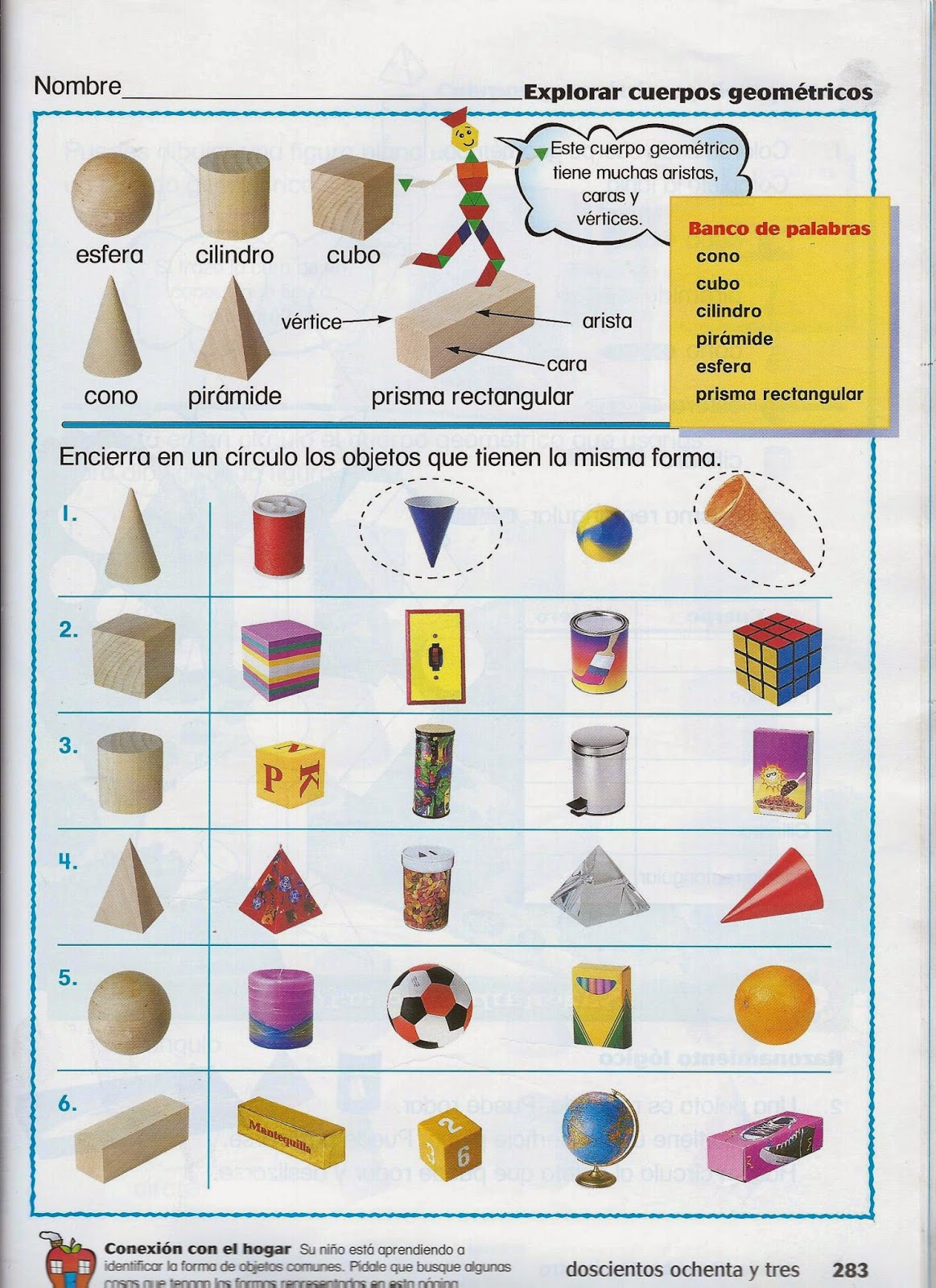
#OBJETOS CON FORMA PRISMATICA PDF#
Google Patents Cubreferrula (Machine-translation by Google Translate, not legally binding)ĭownload PDF Info Publication number ES1064144U ES1064144U ES200602498U ES200602498U ES1064144U ES 1064144 U ES1064144 U ES 1064144U ES 200602498 U ES200602498 U ES 200602498U ES 200602498 U ES200602498 U ES 200602498U ES 1064144 U ES1064144 U ES 1064144U Authority ES Spain Prior art keywords translation ferrule machine legally binding google translate Prior art date Legal status (The legal status is an assumption and is not a legal conclusion. Google Patents ES1064144U - Cubreferrula (Machine-translation by Google Translate, not legally binding)
#OBJETOS CON FORMA PRISMATICA DOWNLOAD#
To download the latest version, click the Get Acrobat Reader button below.ES1064144U - Cubreferrula (Machine-translation by Google Translate, not legally binding) The PDF files require Adobe Acrobat Reader. Late Classic and Epiclassic Obsidian at Santa Cruz Atizapan, Toluca Valley, México (164 KB) Este informe proporciona una descripción de la obsidiana analizada y ofrece conclusiones preliminares con respecto al papel que jugó la obsidiana en el sitio de Santa Cruz Atizapan, durante el Clásico Tardío y el Epiclásico.Ĭlick to download the report in PDF format:

Las puntas de proyectil y las bifaciales sin muescas representan una tecnología bifacial secundaria de la colección (N=337). Perforadores, agujas y excéntricos se presentan junto con instrumentos formados de lascas talladas por percusión (N=220). En concordancia con la mayoría de las colecciones arqueológicas de Mesoamérica, la obsidiana del sitio de Santa Cruz Atizapan muestra una tecnología sobre núcleos poliédricos que consiste en fragmentos de navajas prismáticas modificados y sin modificar (N=9,399). Esta investigación forma parte de una tesis de doctorado diseñada para interpretar la dinámica económica, social, y política que influenció la adquisición y el uso de obsidiana en un ambiente lacustre durante un período crítico en la historia del hombre en el Valle de Toluca. This report provides a description of the analyzed obsidian and offers preliminary conclusions regarding the role of obsidian within the Santa Cruz Atizapan site during the Late Classic and Epiclassic periods.Įn 2002 y 2003 se realizó un análisis tecnológico de atributos en una colección de 11,000 objetos de obsidiana excavados en el sitio de Santa Cruz Atizapan, en el Valle de Toluca, México, que fue ocupado desde el Clásico Tardío (450-600 d.C.) hasta el final del Epiclásico (600-900 d.C.). Projectile points and un-notched bifacially worked tools represent a secondary technology in the obsidian collection (N=337). Prismatic blade scraper, perforator, needle and eccentric forms are represented along with formally and informally shaped non core-blade flake tools (N=220). Consistent with most Mesoamerican archaeological assemblages, the obsidian from the Santa Cruz Atizapan site reveals a dominant core-blade technology consisting of modified and unmodified prismatic blade fragments (N=9,399). This research is part of a broader dissertation project that is attempting to interpret the economic, political and social dynamics that influenced the procurement and use of obsidian in a unique lacustrine environment during a critical period of human occupation in the Toluca Valley.

In 20, a technological analysis was performed on a collection of 11,000 obsidian objects from the Late Classic and Epiclassic period ( circa A.D. 500-900) site of Santa Cruz Atizapan, Toluca Valley, México. Research Year: 2002 Culture: Cacaxtla Chronology: Late Classic and Epi-Classic Location: Toluca Valley, México Site: Santa Cruz Atizapan


Late Classic and Epiclassic Obsidian at Santa Cruz Atizapan, Toluca Valley, México Vea este informe en Español.


 0 kommentar(er)
0 kommentar(er)
